A new survey finds that Americans over 65 are open to using telemedicine services. Here’s how healthcare providers can connect with them.
Telehealth is a rapidly growing sector in healthcare, and it is gaining popularity among both patients and providers. In a 2017 survey, 75 percent of decision-makers at hospitals, clinics, and other medical organizations reported that they use or plan to use telemedicine services, with more than half of programs in the growth or expansion phase.
Despite these promising developments, some healthcare professionals may be concerned about whether or not older patients will embrace this technology. Fortunately, Americans over the age of 65 are becoming increasingly tech-savvy. In fact, a new survey conducted by American Well examined patients’ attitudes toward telemedicine, revealing the tremendous potential for healthcare providers to use these services with seniors.
Senior Citizens Are Open To Telehealth
According to the American Well survey, telemedicine usage remains rare among Americans over 65 – with only one percent ever having used it. Nevertheless, over half (52 percent) of respondents reported that they are willing to give the technology a try.
While older Americans are typically seen as less comfortable with internet devices, the results of this survey show that this perception is likely out of date. As forty-five percent of seniors already use video calling — often to communicate with their grandchildren — it’s not a major jump to try telemedicine. Further, the survey found that one-quarter of older patients are already using a mobile health app.
Of the seniors who are interested in telehealth, 84 percent would like to use it for prescription renewals and 67 percent to manage chronic conditions. Respondents cited a number of advantages to telehealth over traditional in-person appointments. Seventy-three percent noted faster service, 54 percent believe it will be less expensive, and 53 percent look forward to better access to providers. Telemedicine is also well-suited for elderly patients with limited mobility, especially in rural areas.
Yet barriers to widespread telehealth adoption remain. Chief among them is limited reimbursement. Not all insurance plans offer telemedicine as an option for patients. New rules going into effect in January 2020 will require Medicare Advantage plans to reimburse for telehealth, but these services still won’t be covered under traditional Medicare. Further, many small, independent practices simply lack the resources to invest in the necessary technologies.
Marketing Telehealth To Older Patients
Despite assumptions that seniors aren’t tech-savvy, digital marketing remains an ideal way to reach potential patients over 65. After all, the patients who already spend time online are the ones most likely to be interested in telehealth services.
Healthcare providers can emphasize telemedicine options in video ads and take to social media to answer patients’ questions about how to book a video appointment. Telehealth should also be a part of providers’ search engine optimization (SEO) strategy. By incorporating keywords like “telehealth doctors in Phoenix,” practices can reach patients of any age who want to give the technology a try.
All signs point to further expansion of telehealth over the next few years. Older Americans – who make up a substantial proportion of patients – are eager to take advantage of it. In the future, more widespread reimbursement, the declining price of video technology, and the right marketing will likely make it easier for them to do so.






















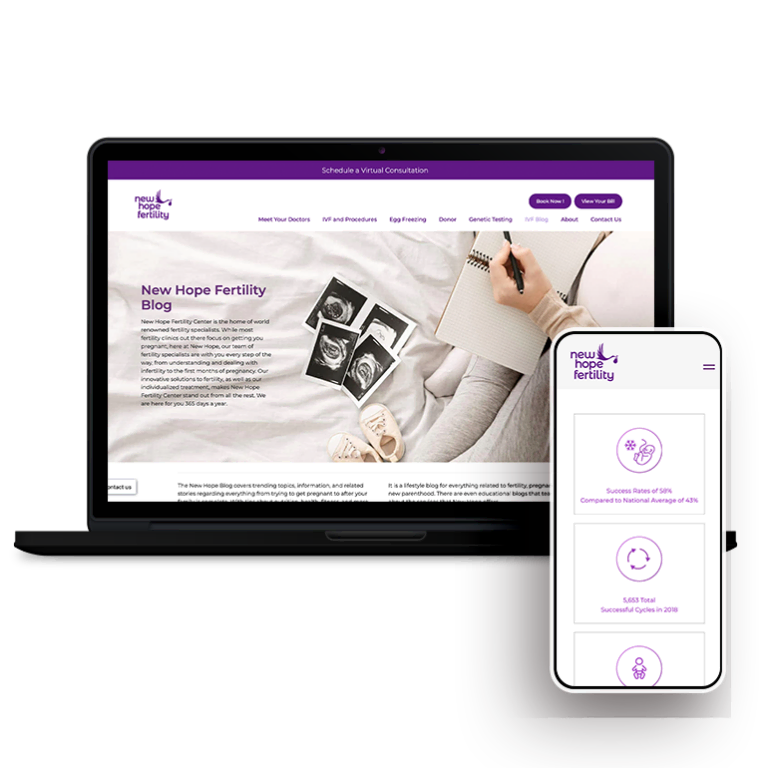





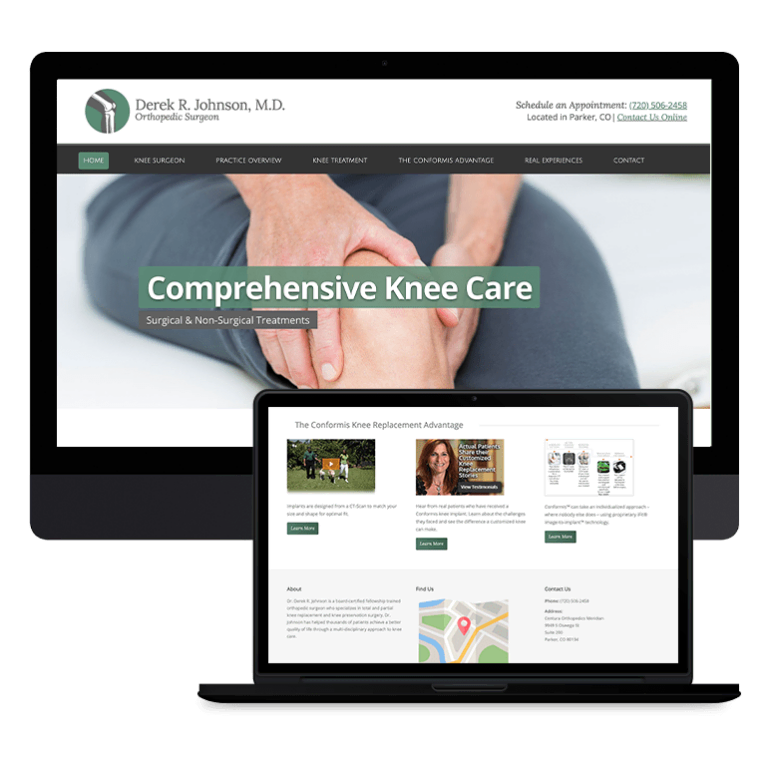



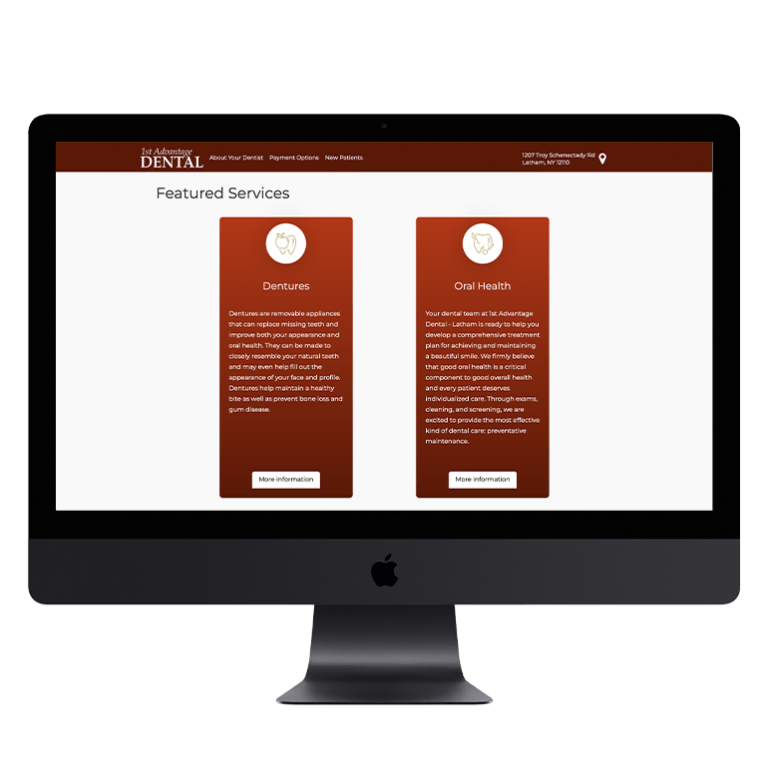
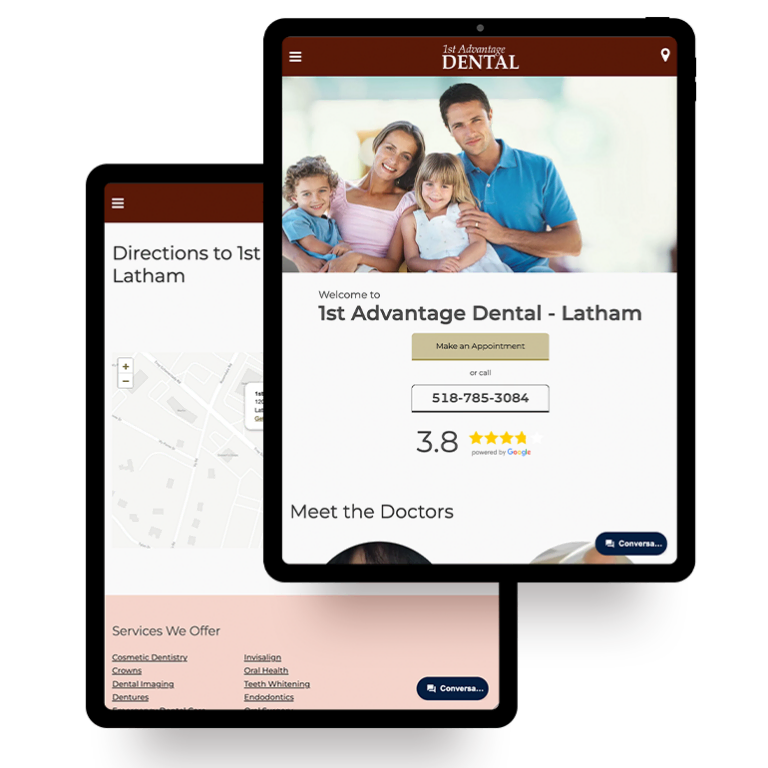
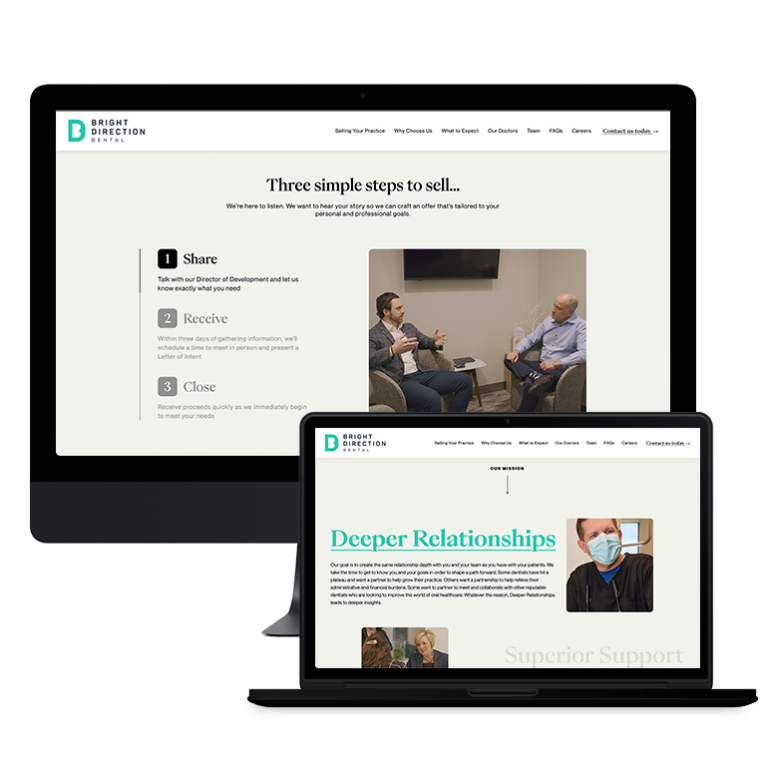

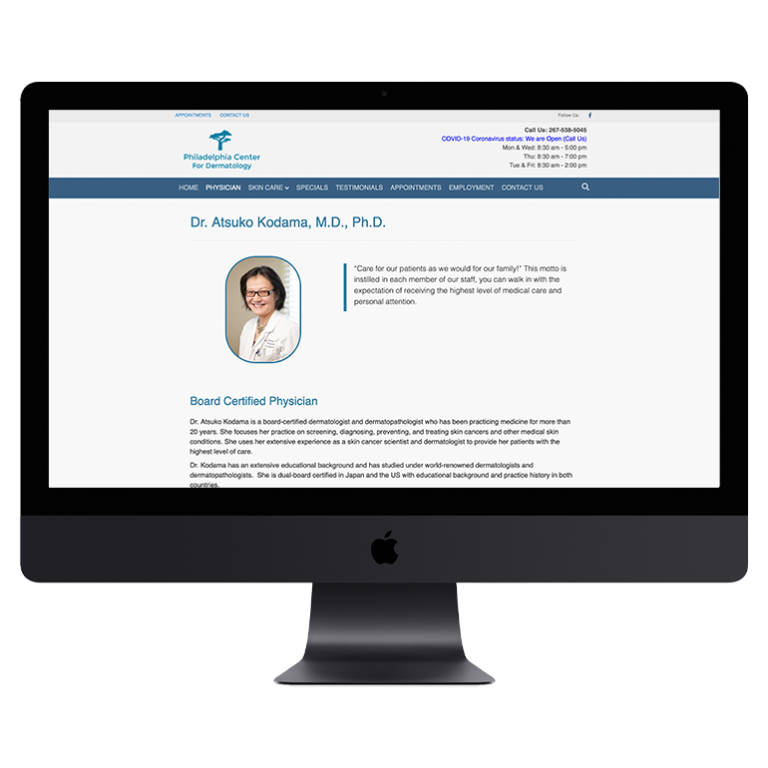



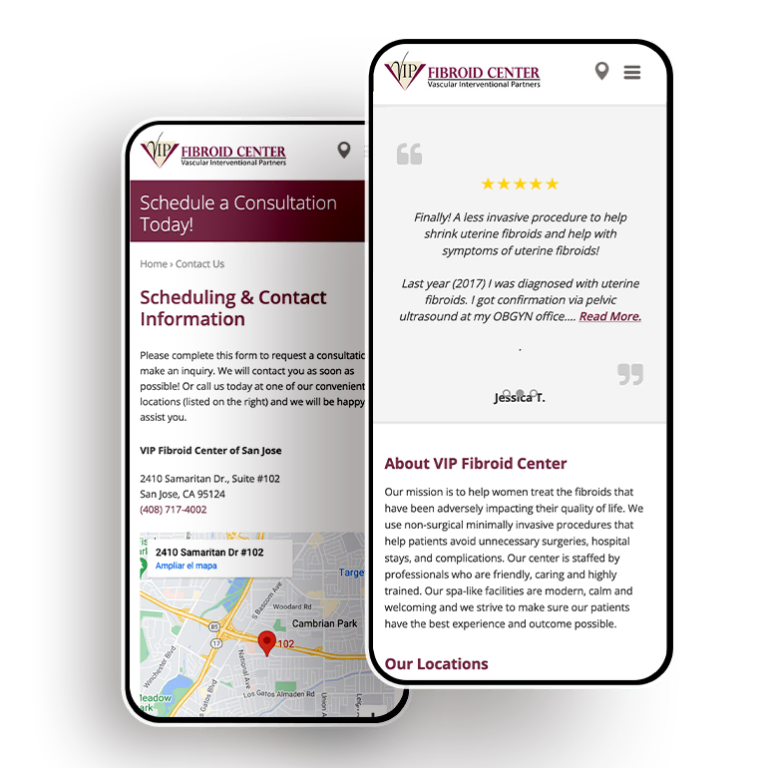


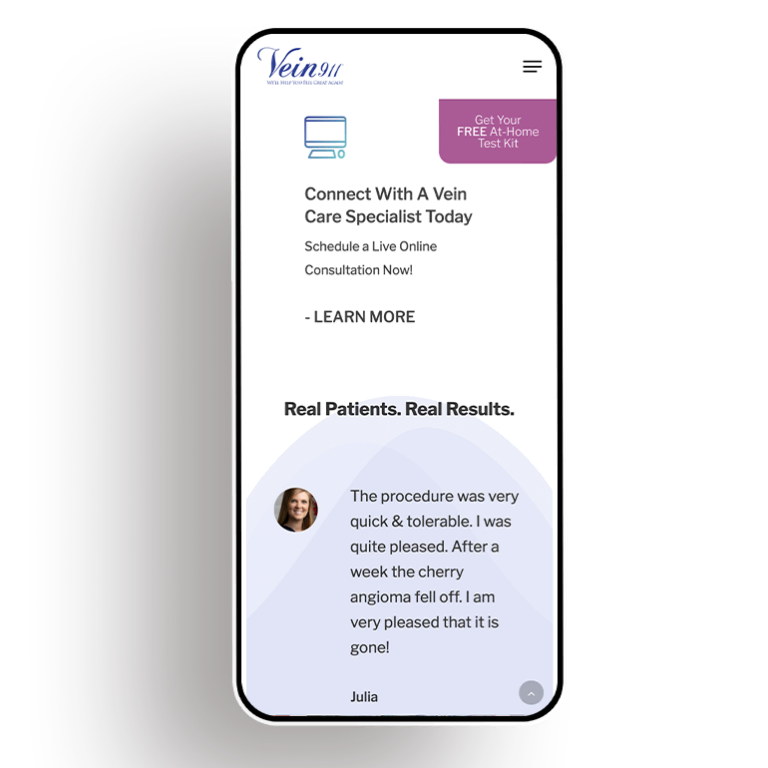


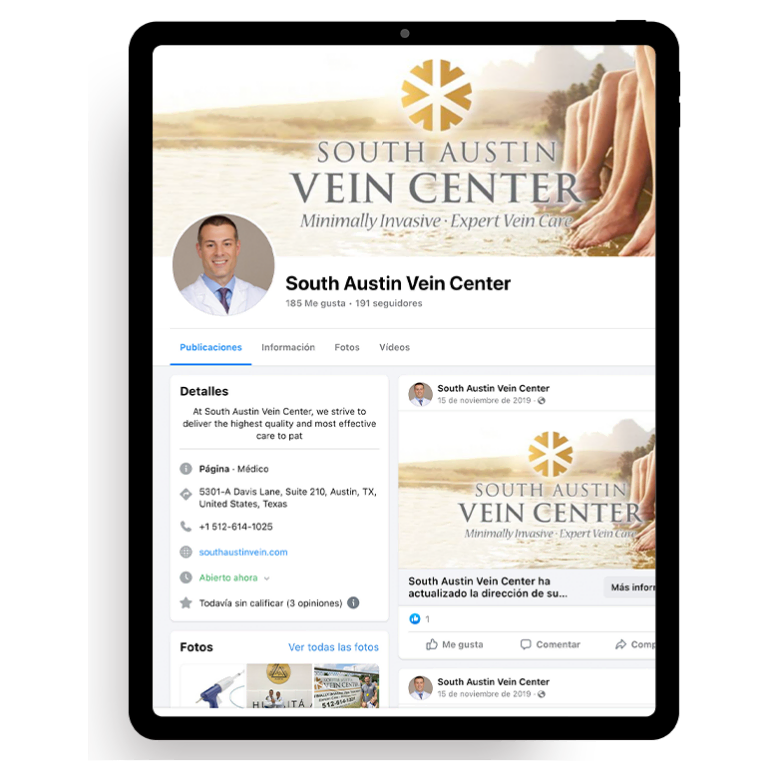

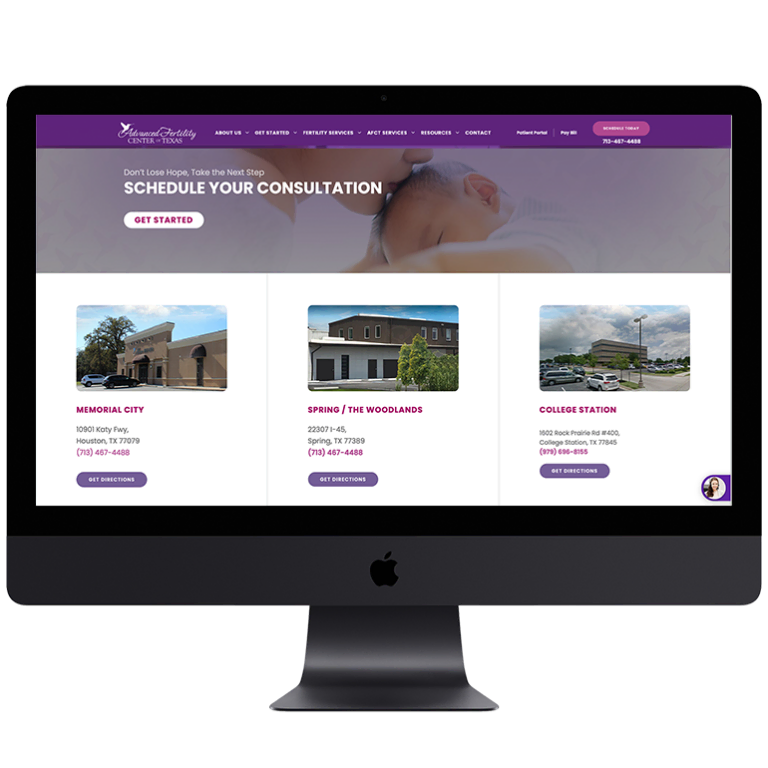
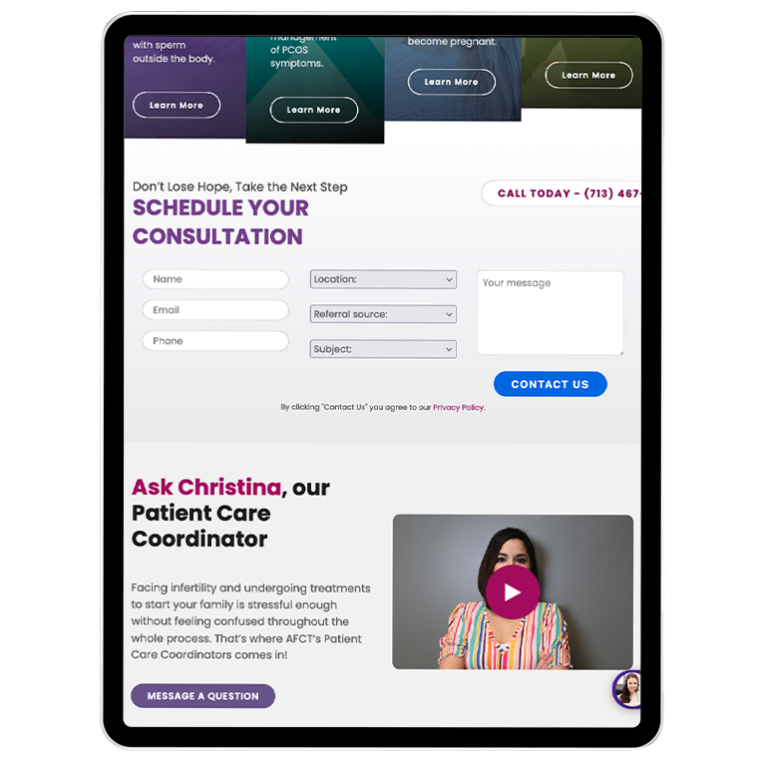
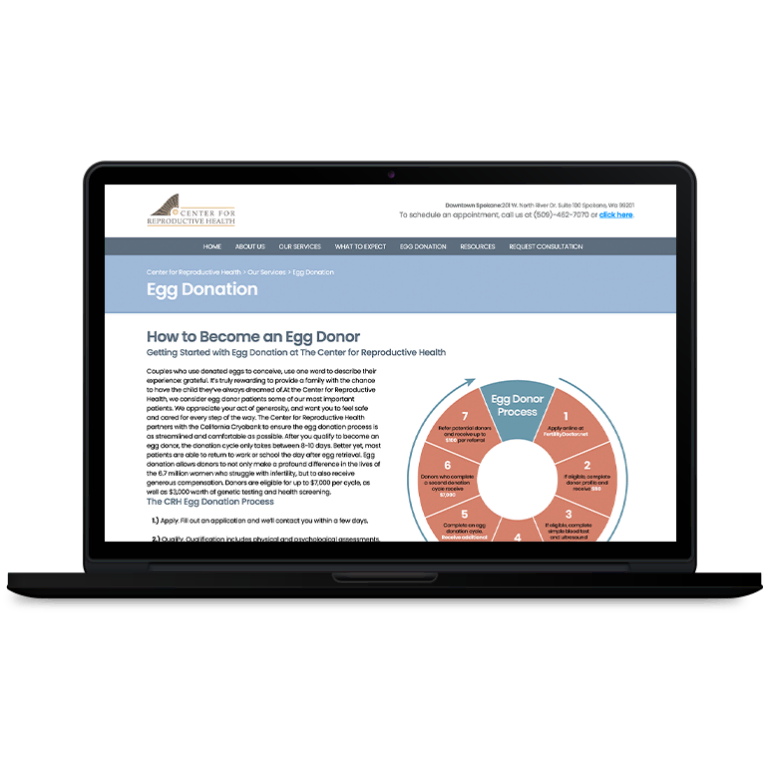






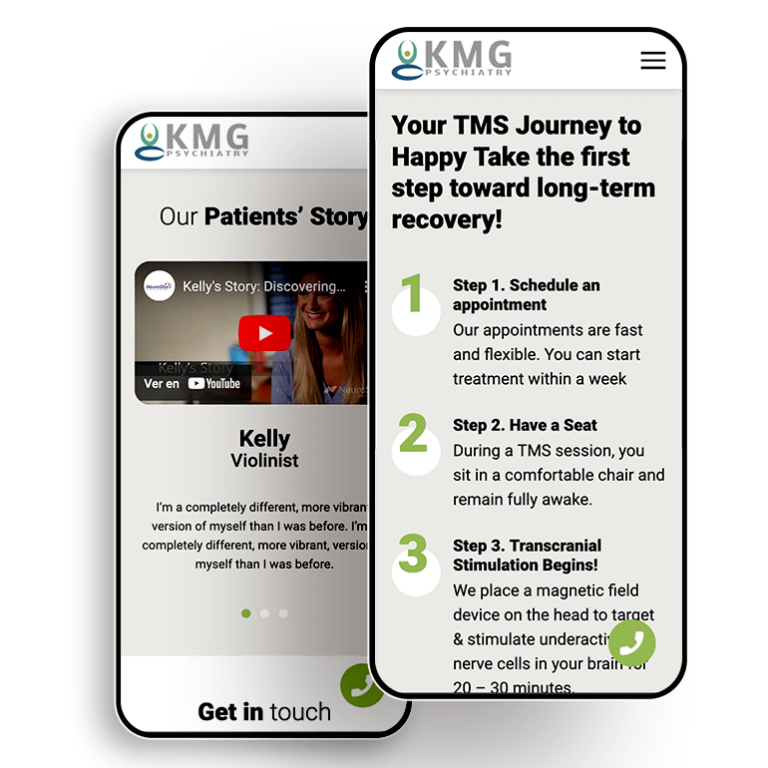

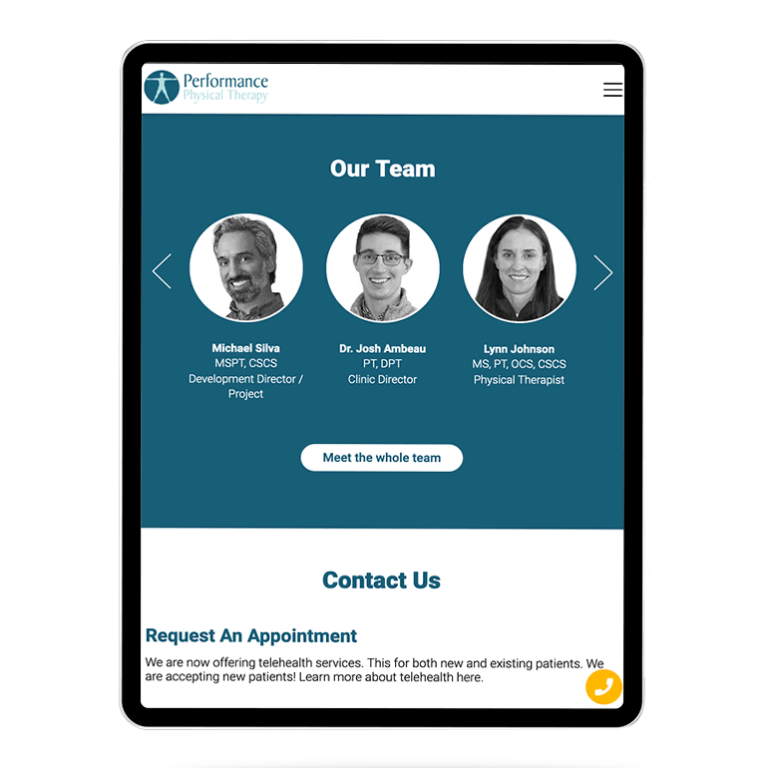


 Smart Design Creates New Patient Opportunities
Smart Design Creates New Patient Opportunities